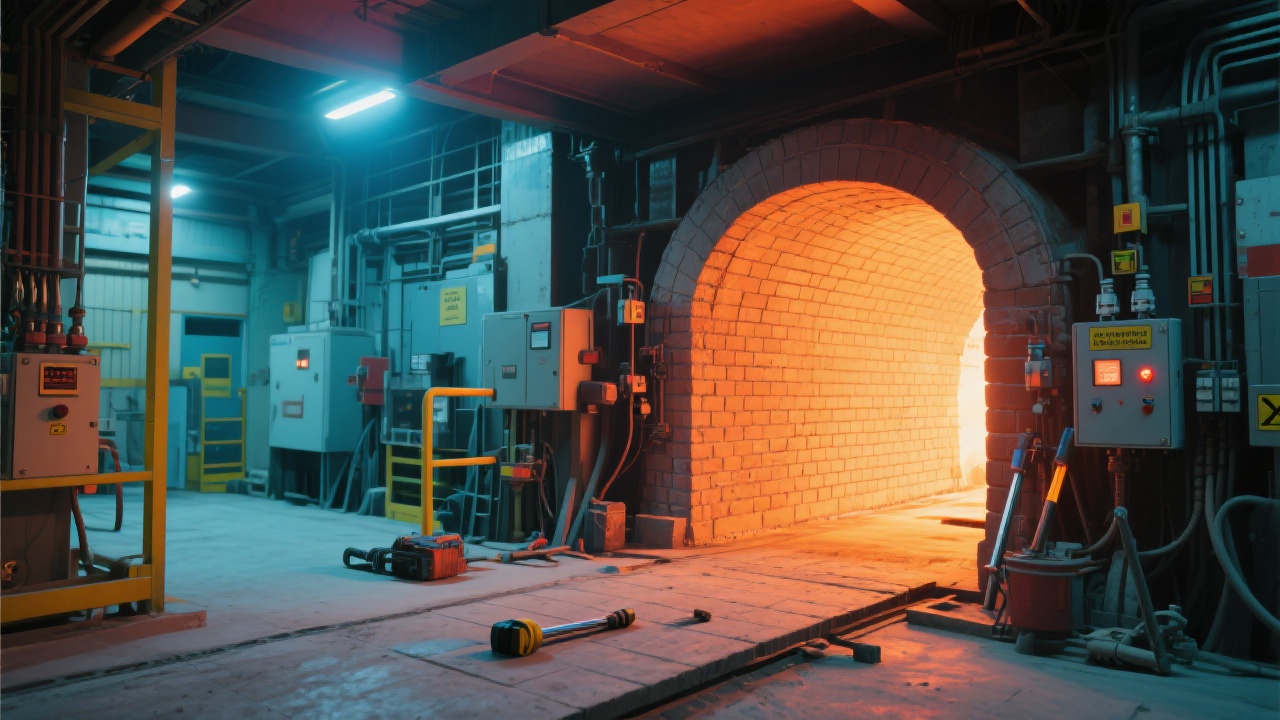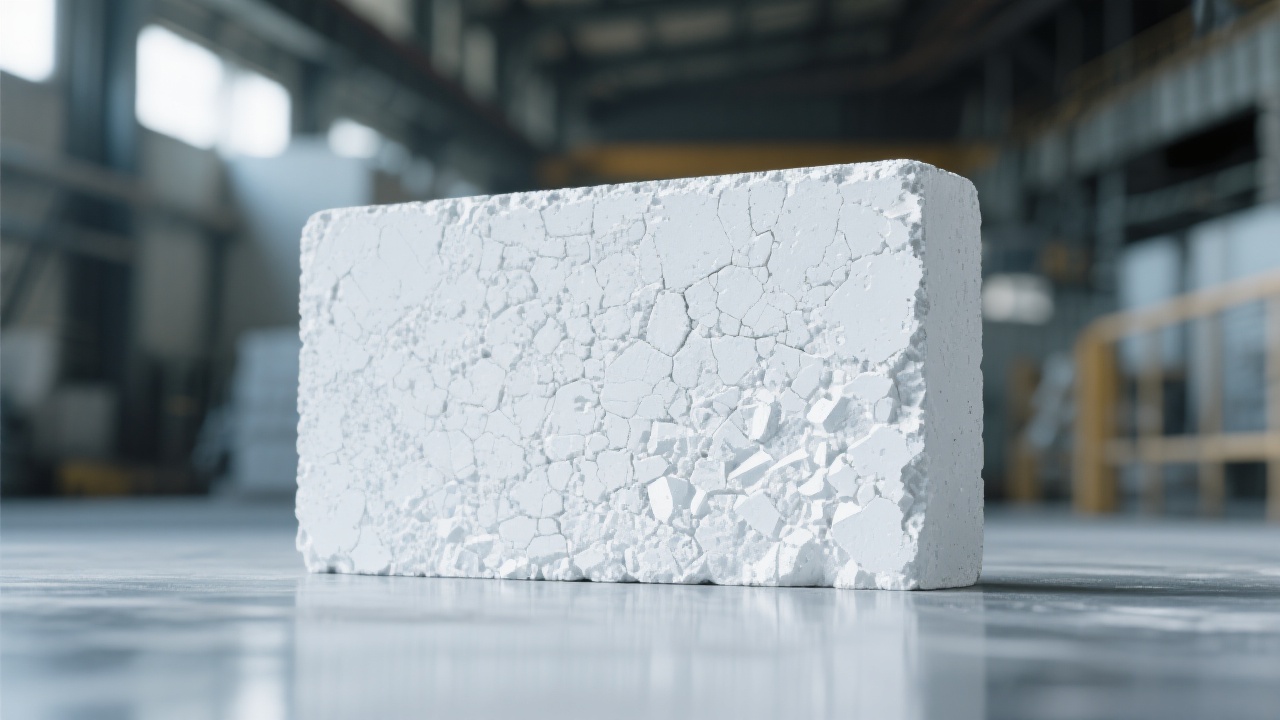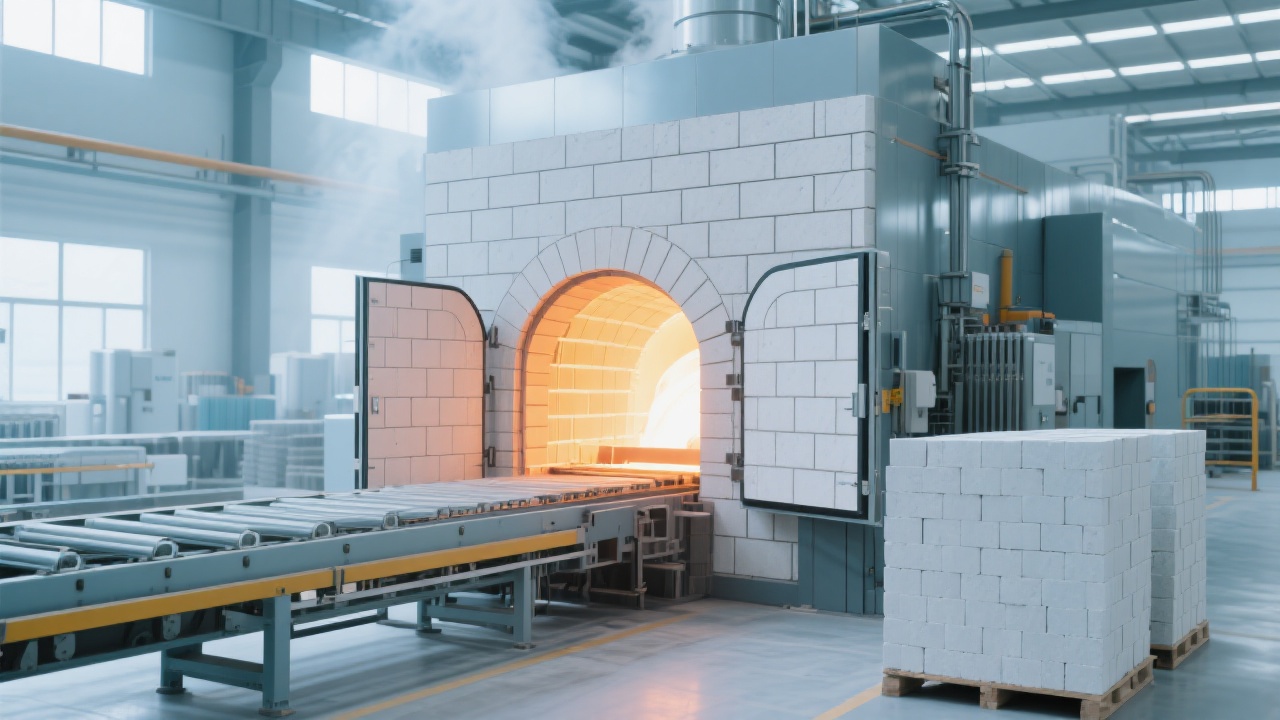
In the field of high-temperature industrial applications, high-temperature refractory corundum bricks stand out for their excellent performance. These bricks are known for their high cold compressive strength, remarkable wear resistance, and outstanding ability to resist high-temperature chemical erosion.
According to experimental data, corundum bricks can withstand a cold compressive strength of up to 500 MPa, which is far beyond the requirements of most industrial environments. This high strength ensures that the bricks can maintain their structural integrity under heavy loads. In terms of wear resistance, corundum bricks have a wear rate of less than 0.5 cm³/cm² after 1000 hours of continuous friction, which is significantly lower compared to other common refractory materials.

When it comes to high-temperature chemical erosion, corundum bricks show excellent stability. They can resist the corrosion of most acidic and alkaline slags at temperatures above 1700°C. For example, in a steel smelting environment with a slag basicity of 2.0, the corrosion depth of corundum bricks is only about 1 mm after 50 hours of exposure, indicating their strong corrosion resistance.
Corundum bricks have a wide range of applications in key high-temperature industries such as steel smelting and glass manufacturing. In the steel smelting industry, corundum bricks are used in the lining of blast furnaces, converters, and electric arc furnaces.
A steel plant in Europe replaced its original refractory lining with corundum bricks. After a year of operation, the service life of the furnace lining increased by 30%, and the maintenance cost was reduced by 20%. This shows that corundum bricks can effectively improve the efficiency and reduce the cost of steel production.

In the glass manufacturing industry, corundum bricks are used in the melting tanks and forehearths of glass furnaces. The high-temperature stability and corrosion resistance of corundum bricks ensure the quality of glass production. A glass factory in Asia reported that after using corundum bricks, the defect rate of glass products decreased from 5% to 1%, significantly improving the product quality.
There are two main types of corundum bricks: sintered corundum bricks and fused corundum bricks. Sintered corundum bricks are made by sintering raw materials such as bauxite and alumina at high temperatures. The raw materials are first crushed, mixed, and then formed into bricks. After that, they are sintered at a temperature of about 1700°C to obtain the final product.
Fused corundum bricks, on the other hand, are produced by melting raw materials in an electric arc furnace at a very high temperature (over 2000°C). The molten material is then cast into molds and cooled to form bricks. Fused corundum bricks generally have higher purity and better performance compared to sintered corundum bricks, but they are also more expensive.

| Type of Corundum Bricks | Raw Materials | Manufacturing Temperature | Advantages |
|---|---|---|---|
| Sintered Corundum Bricks | Bauxite, Alumina | About 1700°C | Cost-effective, Good overall performance |
| Fused Corundum Bricks | High-purity Alumina | Over 2000°C | High purity, Excellent performance |
In industrial production, common pain points related to refractory materials include easy damage and slag erosion. To address these issues, using corundum bricks is an effective solution. As mentioned above, the high strength and wear resistance of corundum bricks can reduce the risk of damage, and their corrosion resistance can prevent slag erosion.
In terms of maintenance, it is recommended to regularly inspect the condition of corundum bricks in the furnace. If any signs of damage or corrosion are found, timely repairs or replacements should be carried out. Also, controlling the operating temperature and atmosphere in the furnace can help extend the service life of corundum bricks.
In conclusion, high-temperature refractory corundum bricks provide a solid guarantee for enterprises' high-temperature production. They can improve production efficiency, reduce costs, and enhance product quality. If you are looking for reliable refractory materials for your high-temperature industrial applications, contact us now to learn more about our high-quality corundum bricks and how they can benefit your business.


